Seminar: Neural Network Accelerators
Contents
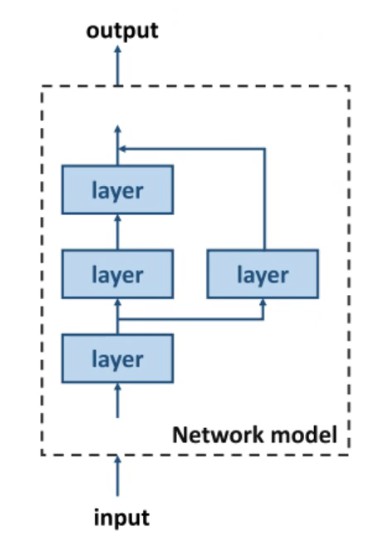
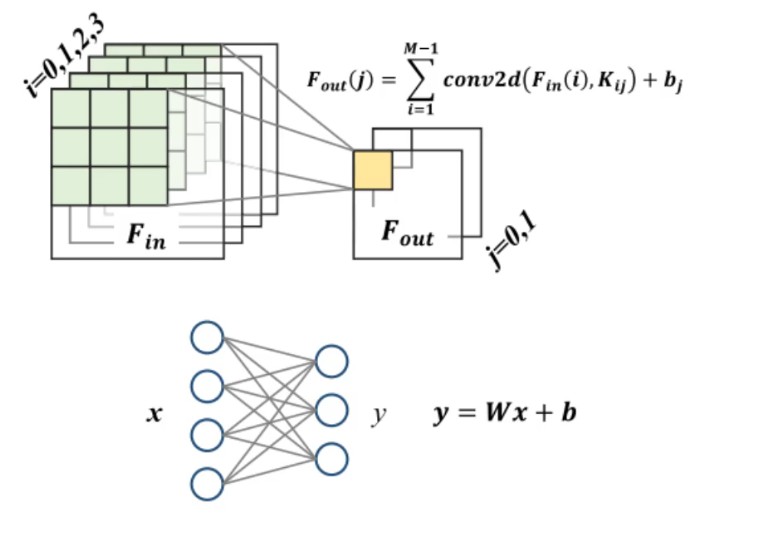
Layers
Convolutional Layer
- Main building block
- Contains a sets of filters (mathematical kernels), whose parameters are learned throughout the training
Normalisation Layer
- Normalises the output, to avoid overfitting
- Prevents small changes of parameters amplifying
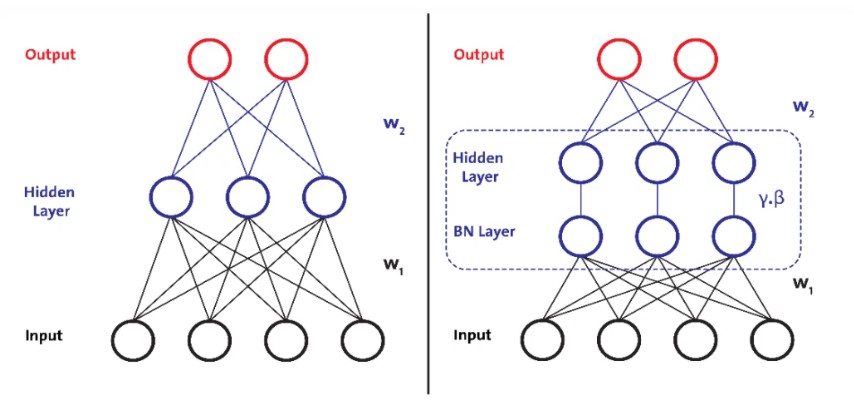
Pooling Layer
- Sliding 2D filter that summarises the features within a region
- Reduces the dimensions of a feature map
Fully Connected Layer
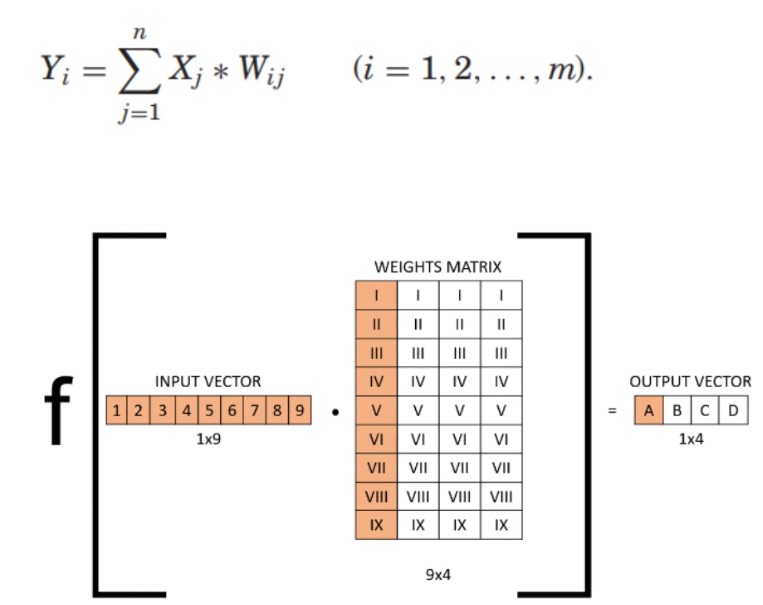
Applications
Neural networks are CPU-heavy, so an FPGA designed implementation is cost effective
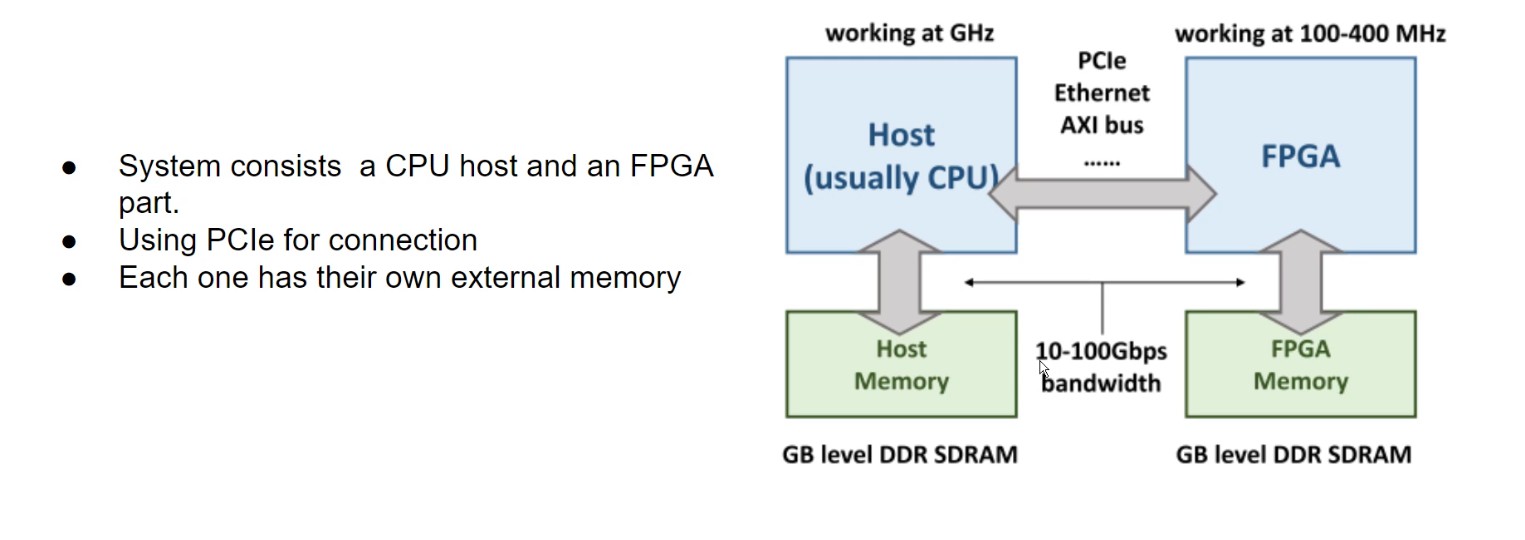
Maths
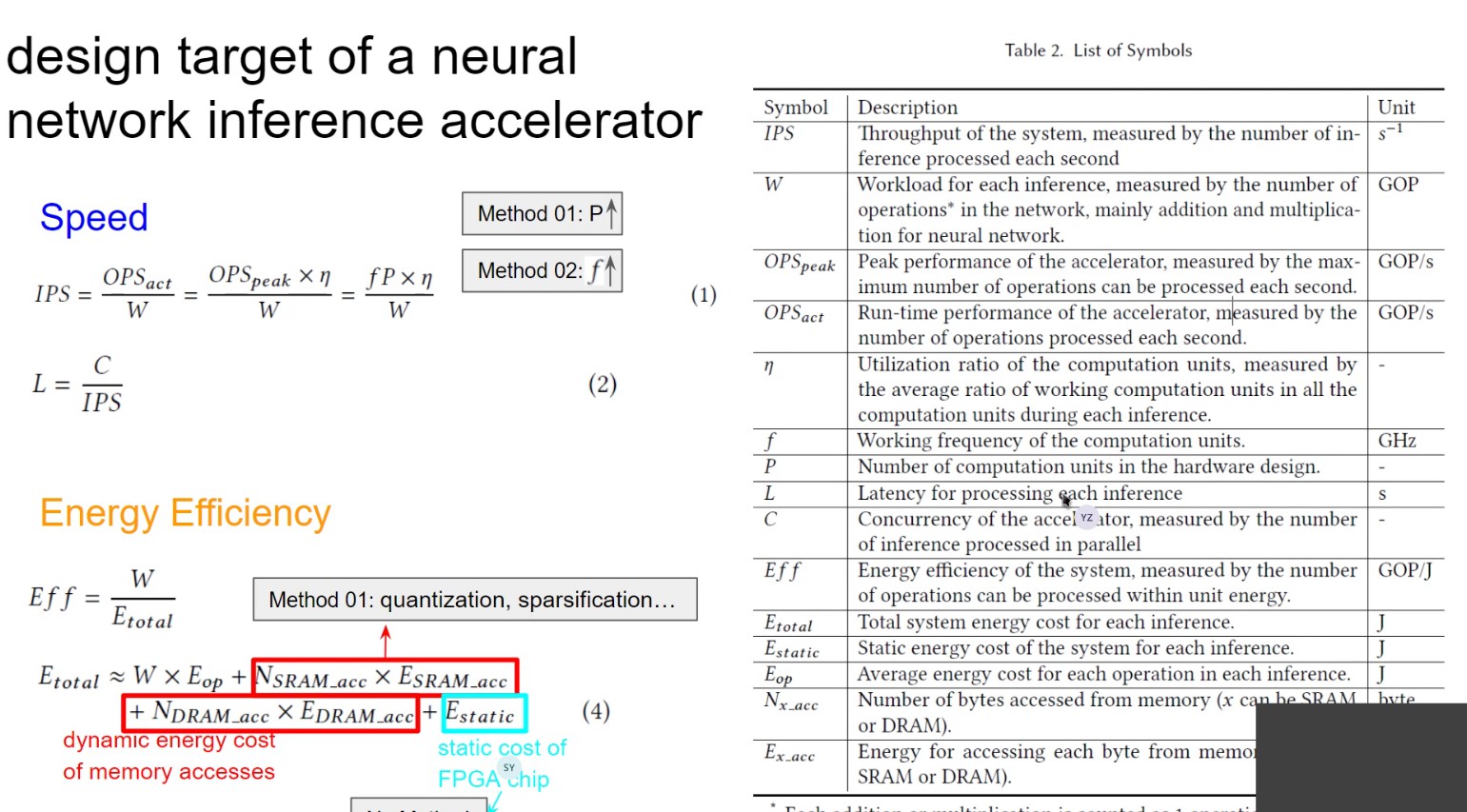
Throughput (IPS) = (Number of units * frequency * utilisation ratio) / work
Latency = Concurrency / throughput
- Can increase performance by decreasing accuracy
- Increase energy efficiency?
Model Compression Methods
Data Quantization
Convert values into quantised values
i.e. Changing a floating point value into an 8-bit integer
Linear Quantization
- Dynamic-precision data quantization
Different layers have different precision requirements
- Analyse data distribution
- Propose multiple solutions with different bit-width combinations
- Choose the best solution

- Hybrid Quantization
Keep the first and last layers as the same datatype
Intermediary layers change in type
Non-Linear Quantization
Lookup table / hashtable
Hardware Design - Acceleration
Computational Unit Level
e.g. Low bit-width, fast convolutional algorithm
Binarized Neural Network
- Turn values into binary
- Convolutional and FC layers can be expressed as binary operations - XnorPopcount
- Slight loss of accuracy
- Some techniques use a gain term to restore the accuracy
Factorised Dot Product
For non-linear quantisation, if the range of values is small, and the number of possible weights is less than the kernel size - then we can Add > Multiply instead of Multiply > Add
Fast Convolution Algorithms
DFT, FFT, Winograd
Convolutions can be expressed as a matrix multiplication!
Image2Column - Convert convolution into a matrix multiplication

Winograd Multiplication - Fast multiplication algorithm
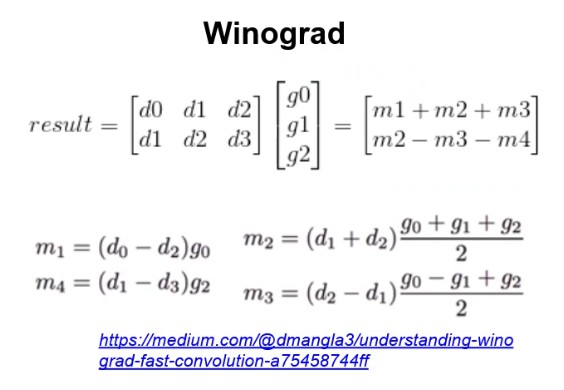
Winograd multiplication is not commonly implemented in an FPGA design as it has a higher resource requirement
Layer Level
Network structure optisations
e.g. Loop parameters, data transfer optimisations
Systolic Array
Reuse data to achieve high parallelism.
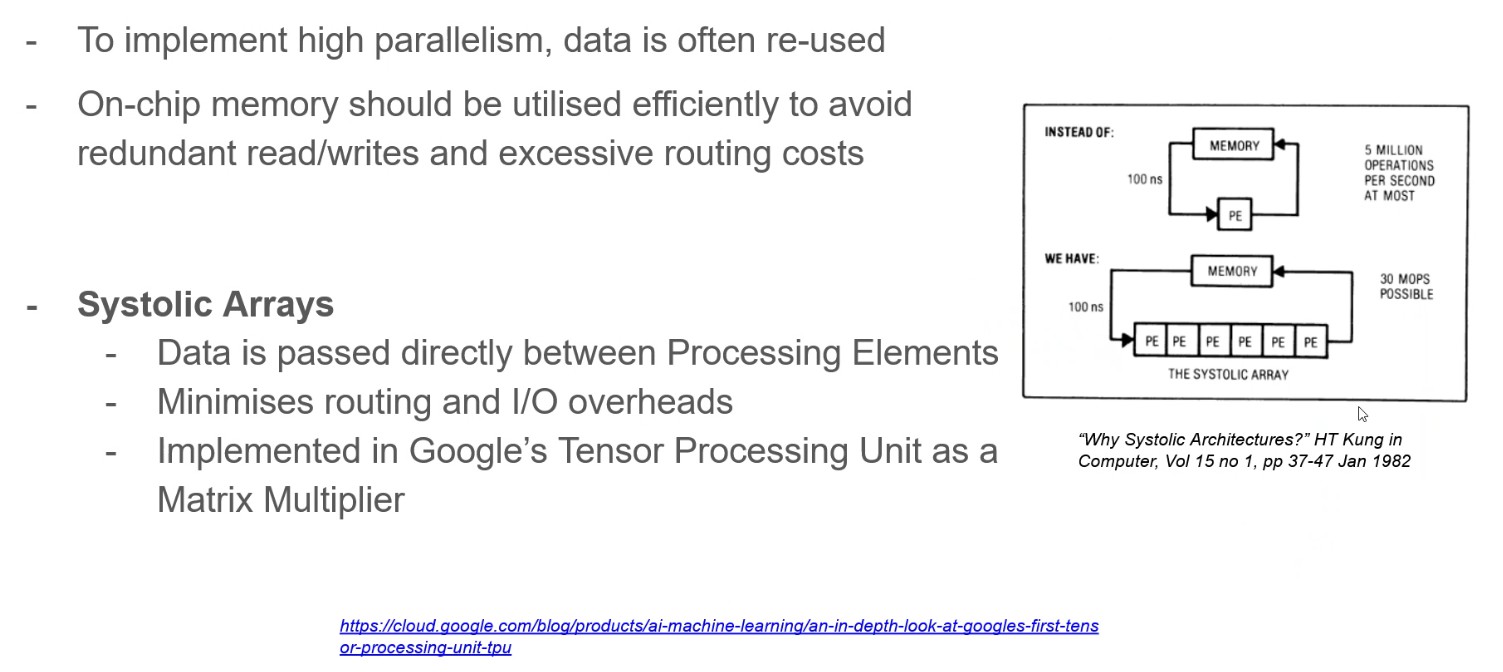
System Design level
Roofline Model
Design efficiency can be expressed by its CTC ratio (computation to communication ratio)
